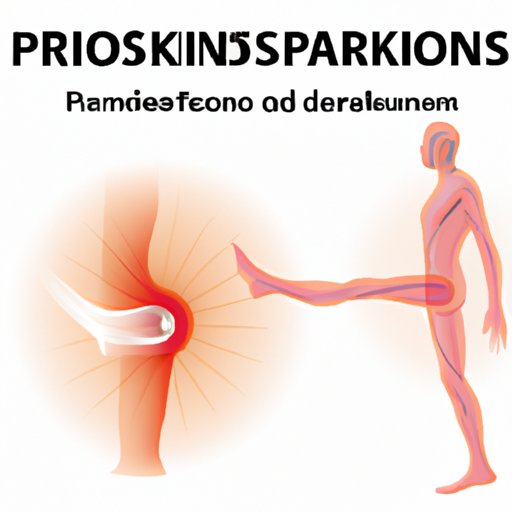
Introduction
Parkinson’s disease is a progressive neurodegenerative disorder that affects millions of people worldwide. The disease is caused by the degeneration of dopamine-producing nerve cells in the brain, which leads to a variety of symptoms that can significantly impact a person’s quality of life. It is important to recognize the symptoms of Parkinson’s disease, as early diagnosis and treatment can improve a patient’s prognosis and quality of life.
Tremors
Tremors are the most recognized symptom of Parkinson’s disease. They usually start in one hand or leg and can spread to the other side of the body. Tremors are involuntary movements that occur at rest and usually disappear during voluntary movement or sleep. They can be relieved by the use of medication such as levodopa.
Bradykinesia
Bradykinesia refers to slowness of movement and difficulty in initiating it. Patients with Parkinson’s disease may have trouble completing movements that were once automatic, such as blinking or smiling. They may also have difficulty performing tasks requiring fine motor skills, such as writing or buttoning a shirt. Bradykinesia can be managed with medication and physical therapy.
Rigidity
Rigidity is stiffness and inflexibility of the body. Patients with Parkinson’s disease may experience muscle stiffness and reduced flexibility of their arms, legs, and trunk. Rigidity can cause muscle pain and cramping and can be managed with medications such as levodopa and physical therapy.
Postural Instability
Postural instability refers to difficulty in maintaining balance and coordination. Patients with Parkinson’s disease may have a tendency to fall backward or forward. They may also have difficulty in turning around. Postural instability can be managed with physical therapy and medications.
Restless Legs Syndrome
Restless Legs Syndrome is an uncontrollable urge to move the legs. Patients with Parkinson’s disease may experience Restless Legs Syndrome, which can cause discomfort and lead to decreased ability to fall asleep. Restless Legs Syndrome can be managed with medications and lifestyle modifications such as regular exercise and a healthy diet.
Freezing
Freezing indicates the inability to move or turn when walking. Freezing can lead to falls and cause difficulty in performing everyday activities such as crossing the road. Freezing can be managed with physical therapy and medications.
Dysarthria
Dysarthria refers to difficulty in speaking. Patients with Parkinson’s disease may speak softly and mumble, which can make it difficult for others to understand them. Dysarthria can be managed with medications and speech therapy.
Dysphagia
Dysphagia refers to difficulty in swallowing. Patients with Parkinson’s disease may experience difficulty in swallowing food or drinks. They may also be at risk of food or liquid entering the lungs and causing pneumonia. Dysphagia can be managed with positional changes during eating and drinking and speech therapies to coordinate the muscles used in swallowing.
Autonomic Dysfunction
Autonomic dysfunction refers to disturbances in sweating, blood pressure, and bowel and bladder function. Patients with Parkinson’s disease may experience constipation, urinary frequency, or incontinence. They may also have difficulty regulating their blood pressure and temperature. Autonomic dysfunction can be managed with medications and lifestyle modifications such as maintaining a healthy diet and regular exercise.
Conclusion
Parkinson’s disease is a debilitating disorder that can significantly impact a person’s quality of life. While there is no cure for Parkinson’s disease, recognizing the symptoms early on and seeking appropriate treatment can improve a patient’s prognosis and quality of life. It is important to work with healthcare professionals to manage the symptoms and maintain a healthy lifestyle.





